Making and turning.
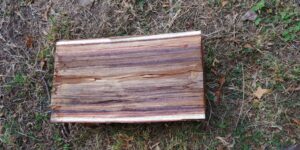
The process of making a Windsor chair in the course I was in was literally from greenwood: we split or reeved timber lengths from Tasmanian Blackwood logs. These were the first and primary pieces that we worked, and they would form the legs and stretchers of the final chair.Once we had split the logs, usually with some help or advice from Richard Hare, the instructor, we would then use a draw knife at a shaving horse to form a hex shape prior to turning. I’ll talk about using the drawknife in a bit, but first a bit about process. This was one of the moments when there is an interaction between stages of a process. You could, in theory, throw a split or reeved piece of timber straight onto a lathe, and work it from there. Perfectly possible. But there are a couple of benefits to working it with a drawknife first from what I can see: less work on the lathe, and understanding the grain.
 Less work.
Less work.
One of the things I am gradually learning with green working is doing as much work as possible with the cruder tool first. The more you do the rough shaping of a spoon with an axe, the less work there is to do with the much finer, and hence much slower, knife. That much has become obvious to me, and a couple of times during spoon making I have returned to the axe when I have realised there is just too much material to remove with a knife. Not always successfully mind you, and occasionally I have butchered a promising design.
Although it might feel that lathe work is faster than drawknife work, I am not so sure when you are using human powered lathe. Even when using a powered lathe, it still seems that roughing out a shape prior to working it on the lathe is generally preferred, although this might in part be to preserve one’s tools, so it might matter less when using a powered lathe. Not sure about this, and more expertise might be needed to adjudicate here. 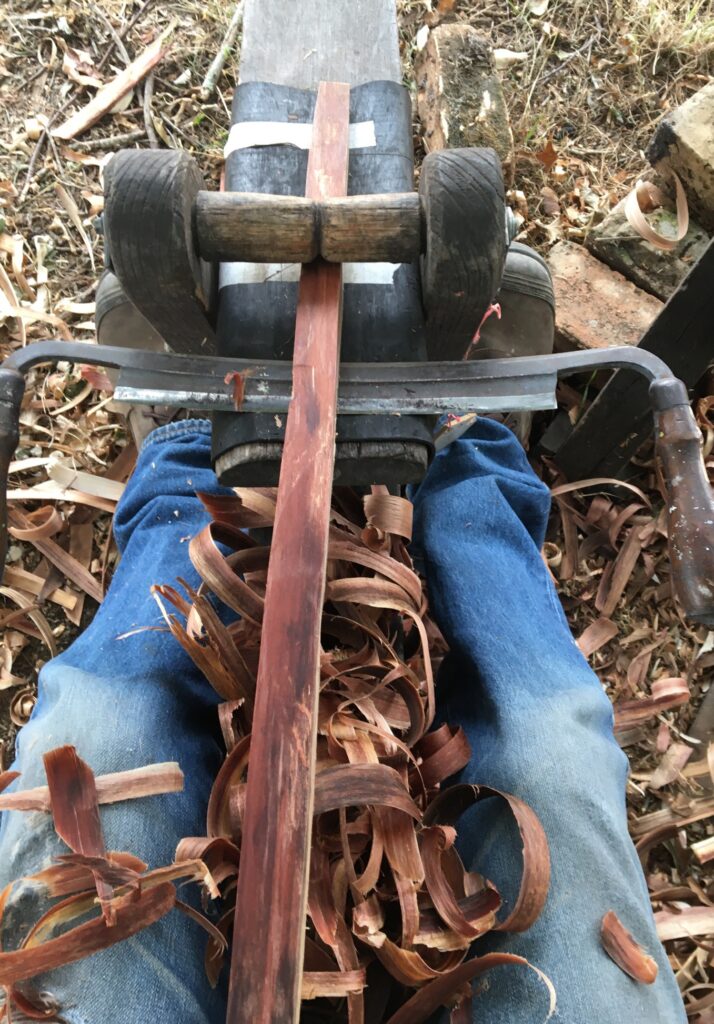
Anyway, knowing how far you can push the cruder tool is a skill that needs refining and mastering. It will also to some extent build on your “feel” for a particular tool, and your skill in handling it. But generally, it seems that doing as much as you can with the cruder tool is better.
Of course, there is a skill set associated with this kind of tool use, but also a set of tools. It gets discussed in a article about the US stone carver and sculptor Fred X. Brownstein in Craftmanship Quarterly. He has a range of tools for different tasks when sculpting; tools for skin tone, tools for removing larger pieces of material. He also notes, as part of an aside, that there are fewer blacksmiths capable of making or maintaining these tools, and there is a further discussion to be had about a crafts supporting eco-system of allied trades. But returning to the chair making.
Understanding the grain.
The other benefit to riving the wood and to shaping the wood with a drawknife is understanding the grain and temper of a particular piece of wood, and the timber one is using in general. Removing material with a drawknife means you are working with the grain, peeling off strips of wood, as opposed to chopping it. So, you develop a feel for the strengths and weaknesses that the grain direction entails. A piece of wood with grain that is curved, knotted, that is checked, or has a grain run out, should become obvious while working with the drawknife. You also get in touch with the wood. Flipping a piece end for end gives one a feel for the balance and weight of a piece of wood. Rotating it allows for visual inspection. The feel of the wood under the knife also provides feedback. I can’t help feeling that this information all feeds into our evaluation of piece of timber’s suitability, and potentially rejecting a piece at this stage.
All this became would be naive speculation if it weren’t for the work we did using a draw-knife for the spindles later in the process. The spindles are much thinner than the legs and stretchers, and the rejection rate and failure rate while doing the spindles was much higher. The ability to assess the grain, strength, and possible problems with spindles meant less heartbreak later on I suspect.
Tools, memories and embodied habits.
 I had used a drawknife previously (see post) but to use a nicely sharpened drawknife at a shaving horse was one of the more natural and frictionless introductions to using a new tool that I have had. Thinking back to the cack handedness I encountered using new tools when shoe making, and the drawknife work was effortless in comparison.
I had used a drawknife previously (see post) but to use a nicely sharpened drawknife at a shaving horse was one of the more natural and frictionless introductions to using a new tool that I have had. Thinking back to the cack handedness I encountered using new tools when shoe making, and the drawknife work was effortless in comparison.
There are perhaps a few reasons for this. Firstly, its possible that size matters a bit. A shaving horse and a drawknife can accommodate my larger frame without too much difficulty, so I wasn’t going to have the hunching problem/bad back/small tool/cramped position that I’ve encountered in other tool use. Secondly, wood is a material I am reasonably familiar with. I have a reasonably good idea of its behaviour. Thirdly, I had used a drawknife before. Even if it was in poor conditions (clamped to a bench work piece rather than a shaving horse). Its possible that a drawknife is just a straightforwardly natural tool to use.
To be honest, I am not sure. But I felt comfortable with a drawknife pretty much from the get go.
Turning.
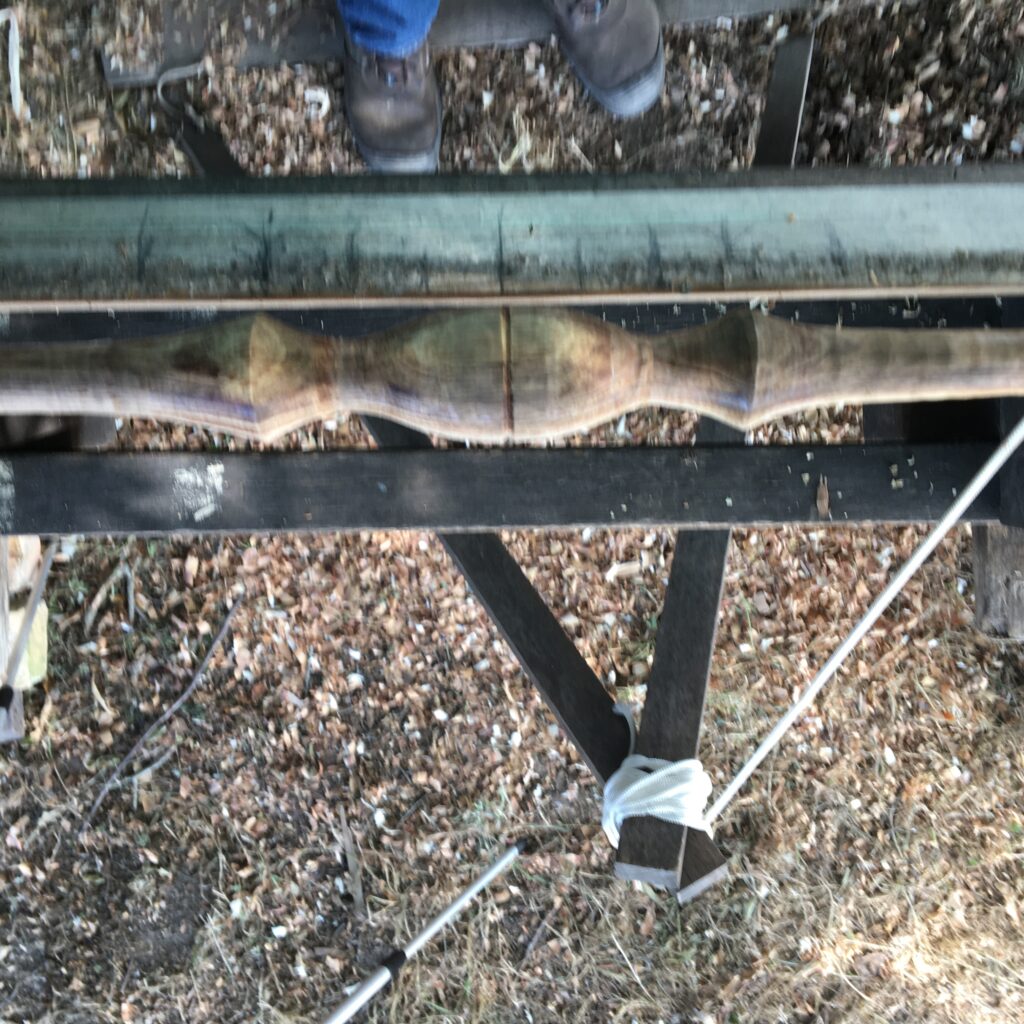
Turning; a view from above.
Turning on the pole lathe I was all ready to find difficult, requiring some tricky hand-body-tool-material co-ordination. After all, if you think about it for the moment, a pole lathe is an interaction between various physical actions, the tool, and the forward and backward rotation of the material as the pole-lathe changes direction. I anticipated there to be a delicate interplay between the cutting edge and the material, and the need to work with the rhythm of the lathe’s changing direction of rotation. I thought surely there is a rhythm that one needs to find with this forward and backwards movement. I was particularly ready to find the initial roughing out of the piece difficult. Turns out it’s not that hard. As the material rolls away from the tools edge there isn’t really a need to pull the blade each away or change pressure at all. In fact its almost the opposite; feeling the friction dynamics of the material as it spins away from the edge might well contribute to ascertaining and ‘feeling’ the right pressure of the tool when the blade is cutting. Feedback is being generated without the blade acting, so while it’s not contributing to the subtractive turning process, it is still generating some tactile information. So turning on pole lathe, while not quite as natural as the draw knife, wasn’t that tricky.
What IS tricky is getting the angle of attack right for some shapes, particularly curves, but the pole lathe aspect of this is more forgiving. Subsequent work on a machine lathe has shown me just how tricky this blade attack angle is. Get it wrong and a sharp bar of metal, a chisel, really wants to head for your face. A pole lathe is much more forgiving; the thing gets stuck, and your body “brakes” the whole process as a part of the dynamic and embodied activity feels the snag. Its a wonderful example of how an embodied process, from the feel of the tool on the wood, to the tension of the lathe’s pedal, to the visual aspects, all work together. And its enormously soothing. I have found times when visualising the process is enormously calming. The view over the fields and the shade under the tree probably helped. The absence of a workplace radio and its inanities also helped.
Turning then was a learning experience, but not one that was as steep as I anticipated it might be. Yes, there were errors made. The attack angle of blades to curves was not always obvious, so some parts were not intuitive. The angle of blade down to a sharp “v” point on a profile was tricky but it turns out there isn’t really a trick, just fine judgement. The role of particular chisels in the order of tasks did need to be explained to me as a complete novice. But the embodied nature of the pole lathe, with multiple points of physical, visual and tactile feedback, some of which is informative without impacting directly on the form, makes it quite an engaging task. 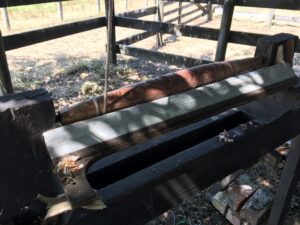
Afterthought.
As processes become more automated, and handwork is removed from the daily lives of children and adults, with computational manipulation playing an ever increasing role, its not clear that such processes will retain their engagement. I’ve been reasonably lucky over the years with art, making, and handwork, that tool manipulation is something my body and brain are ready to do. The wiring between hand, eye, and brain is mostly in place through a lifetime of activity and habit building.
As we conduct this big experiment on generations of children who engage with the world through screens, keyboards and joysticks, it will be interesting to see how such things as a pole lathe will or won’t retain their embodied attraction. This does of course have both good and bad dynamics. In a discussion with a lecturer in industrial design a couple of years ago, he noted with approval that 3D printing seemed to have enabled more women to take up design. Industrial design had been an occupation requiring the construction of mock-ups and maquettes, often full size and involving heavy power tools, and all the accoutrements of a well equipped workshop. Traditionally young men might have encountered these tools or similar during their childhood and adolescence, but young women less so in many households. Men as such had a head start on some of the key fabrication skills associated with industrial design.
Digital 3D fabrication levels the physical playing field. You don’t need experience in a range of power tools, just computer manipulation that shares input devices (keyboards, mice) and to an extent input signifiers, signs, and routines (copy, cut, paste, file, save, open etc) across software you might already be familiar with. The result, according to the lecturer, was the ”feminisation” of the profession; a good thing in his opinion. The upshot of this afterthought is just to acknowledge that the habits of embodiment might come with cultural encumbrances, whereas enabling technologies might actively come without those encumbrances. Young women forbidden to skate, play sports, or even be outside in some cultures might still design our future from behind a keyboard, even if the opportunities to learn embodied skills that enable traditional male dominated crafts have been denied them.

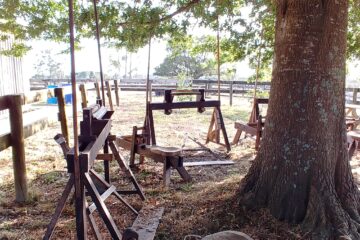
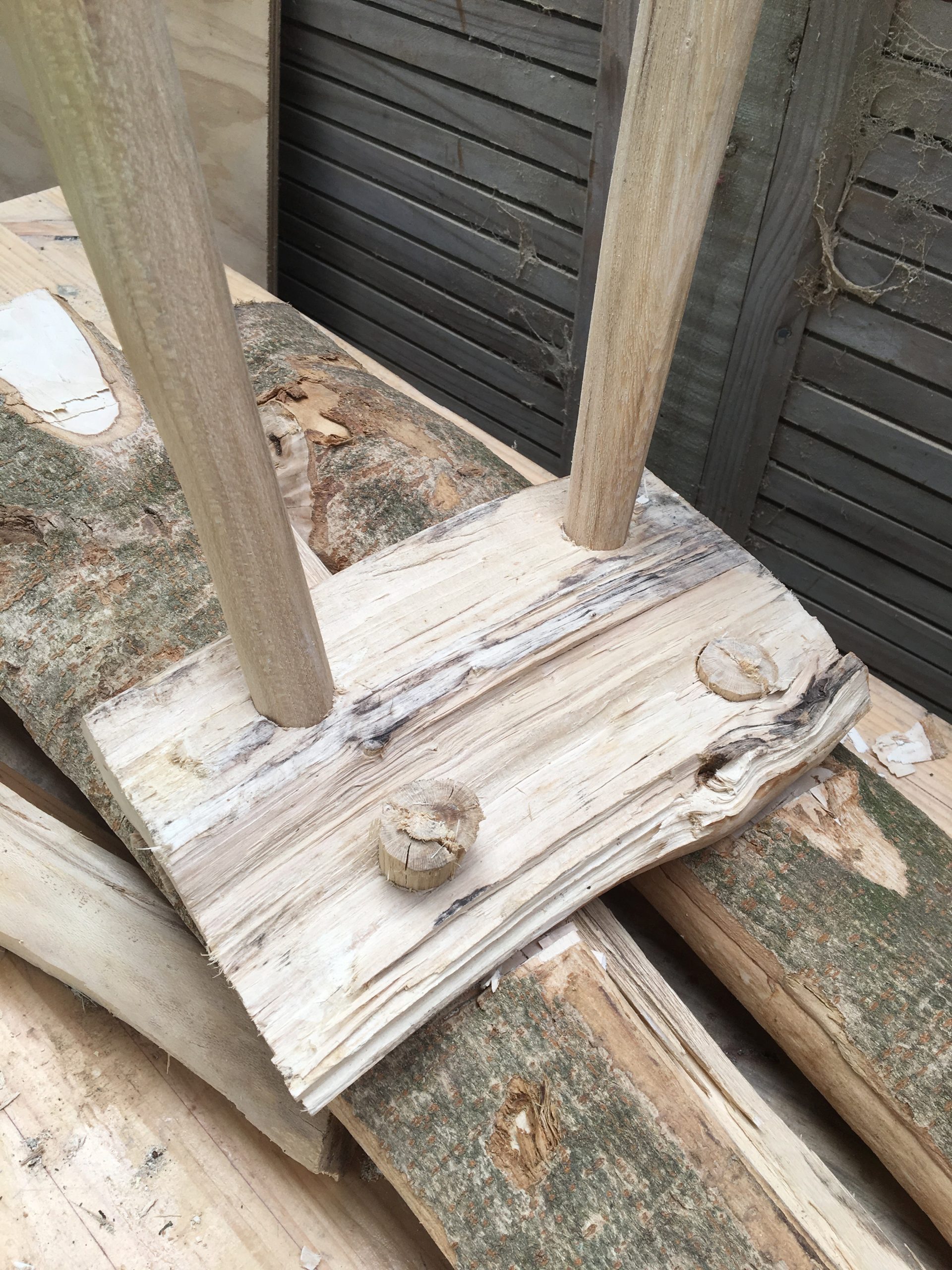
0 Comments